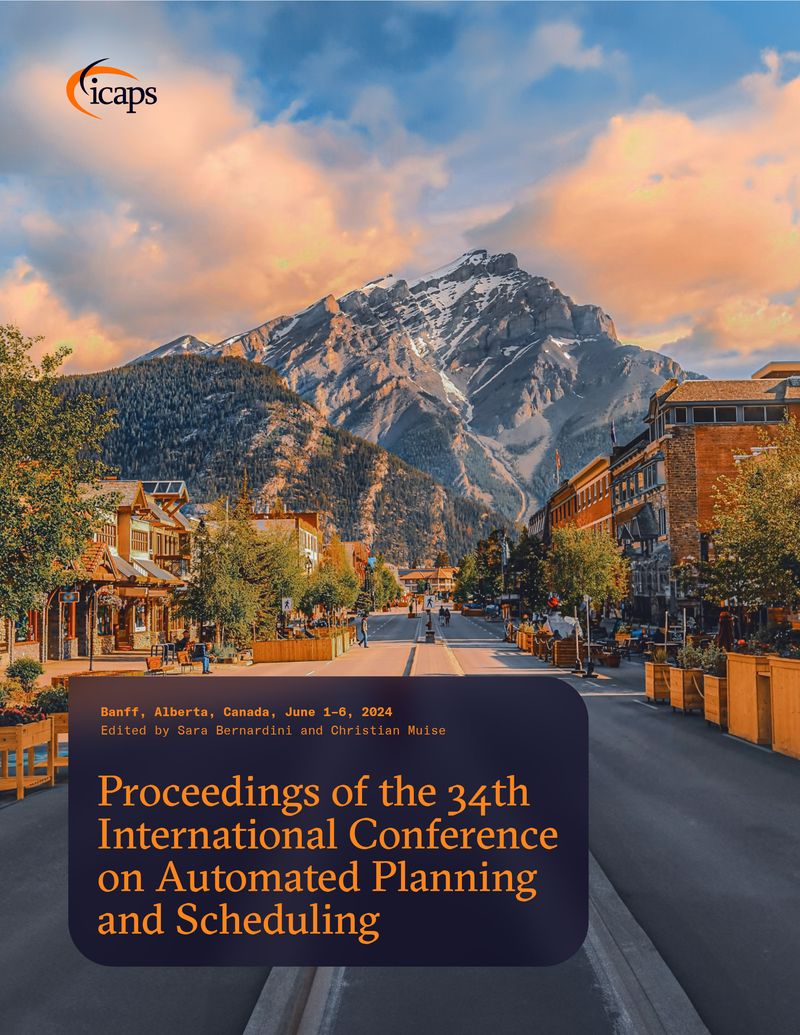Neuro-Symbolic Learning of Lifted Action Models from Visual Traces
DOI:
https://doi.org/10.1609/icaps.v34i1.31528Abstract
Model-based planners rely on action models to describe available actions in terms of their preconditions and effects. Nonetheless, manually encoding such models is challenging, especially in complex domains. Numerous methods have been proposed to learn action models from examples of plan execution traces. However, high-level information, such as state labels within traces, is often unavailable and needs to be inferred indirectly from raw observations. In this paper, we aim to learn lifted action models from visual traces --- sequences of image-action pairs depicting discrete successive trace steps. We present ROSAME, a differentiable neuRO-Symbolic Action Model lEarner that infers action models from traces consisting of probabilistic state predictions and actions. By combining ROSAME with a deep learning computer vision model, we create an end-to-end framework that jointly learns state predictions from images and infers symbolic action models. Experimental results demonstrate that our method succeeds in both tasks, using different visual state representations, with the learned action models often matching or even surpassing those created by humans.Downloads
Published
2024-05-30
How to Cite
Xi, K., Gould, S., & Thiébaux, S. (2024). Neuro-Symbolic Learning of Lifted Action Models from Visual Traces. Proceedings of the International Conference on Automated Planning and Scheduling, 34(1), 653-662. https://doi.org/10.1609/icaps.v34i1.31528

